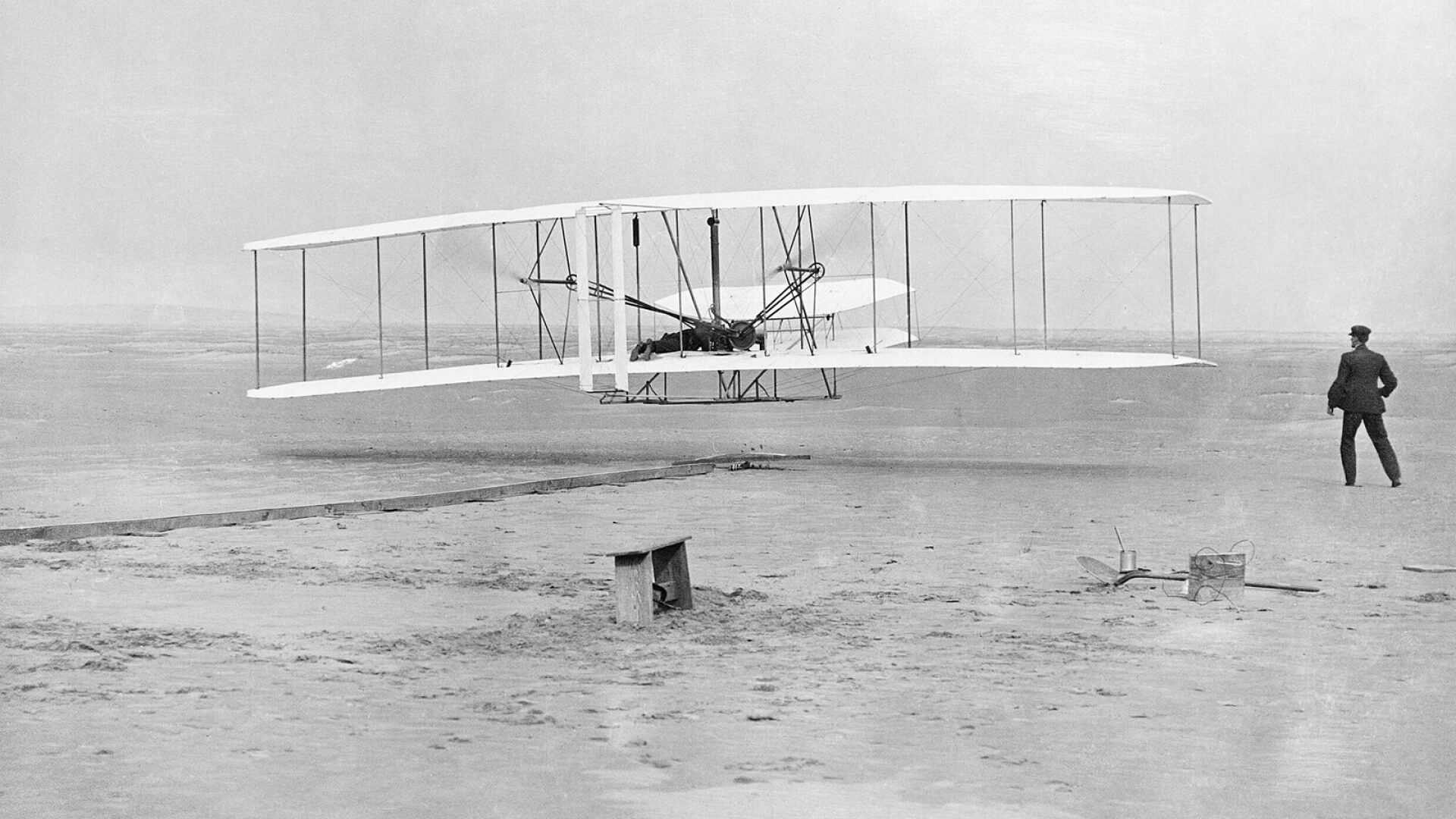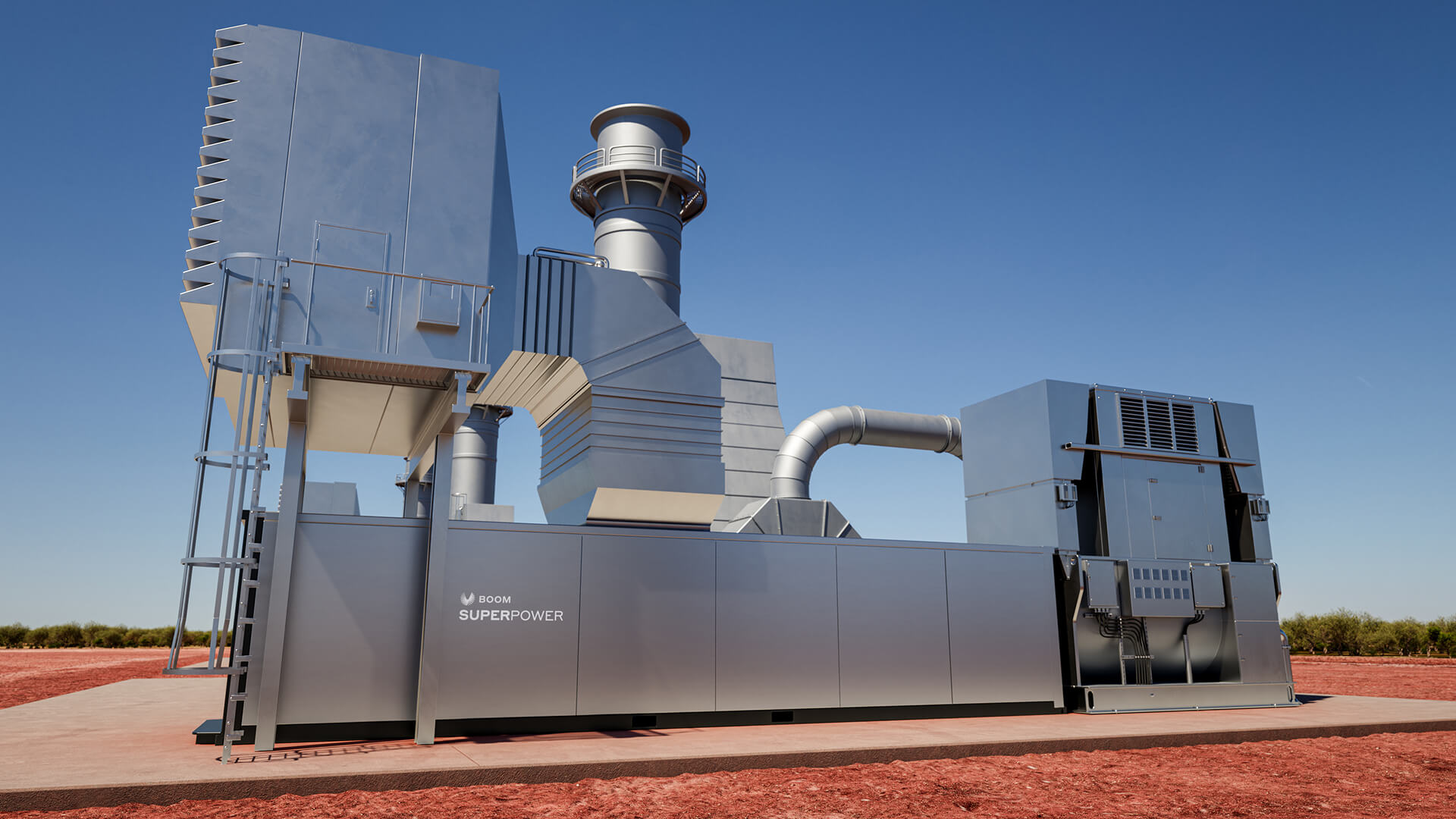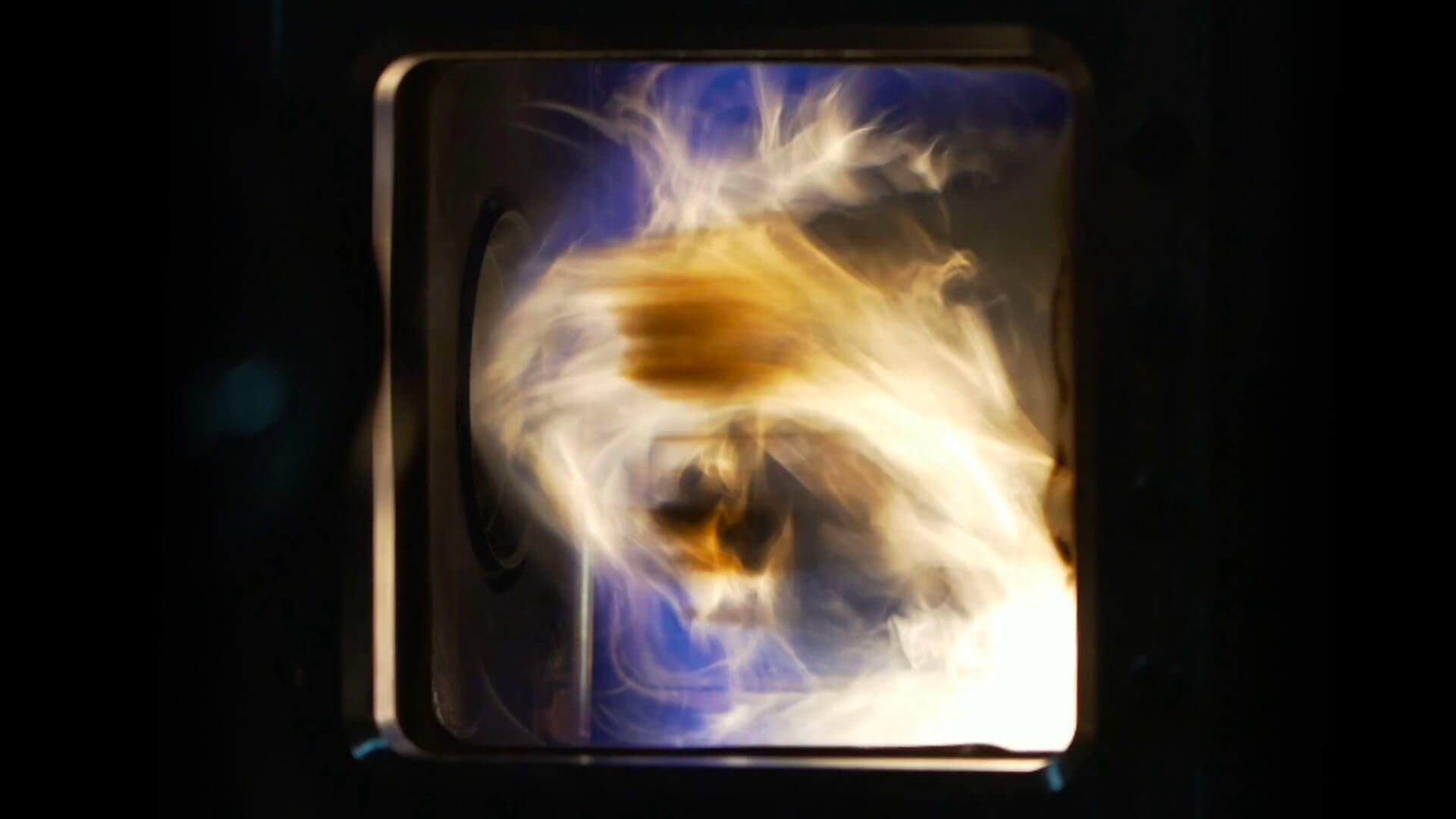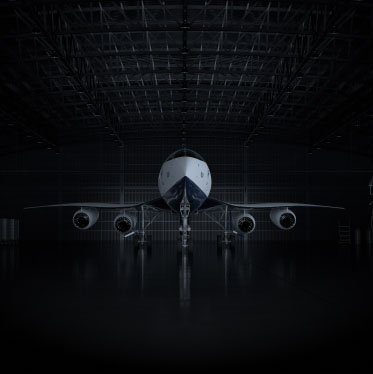Flying Supersonic
We believe that life is better lived in person. Our mission at Boom is to make the world dramatically more accessible. Sustainable supersonic travel enables three-day business trips to become one-day hops, long distance relationships to thrive, and humanitarian missions to save more lives.
The shift from the age of propeller planes to the Jet Age proved that faster travel not only saves time, but also has second and third order benefits. Getting to your destination faster is not just a matter of time savings, it can be the difference between going and not going. Before the Jet Age, few went to Hawaii—and it was the speed of the jet that transformed Hawaii into the thriving destination it is today. The Jet Age enabled The Beatles’ World Tour and doing business across the globe for brands like Nike. Flights onboard Overture will cut travel times in half, ushering in the next era of faster travel.
Boom is partnering with the world’s leading airlines, including United Airlines, American Airlines, and Japan Airlines. Boom’s commercial order book for Overture currently stands at 130 aircraft, which represents the first five years of production at the Overture Superfactory. By comparison, only 14 Concordes ever entered service. In August 2022, American Airlines placed a deposit on up to 20 aircraft, with an option for 40 more. In June 2021, United Airlines ordered 15 Overture aircraft, with an option for 35 more. Japan Airlines made a pre-order for 20 aircraft in 2017.
We’re investing a great deal in improving the passenger experience, developing a cabin that is comfortable, tranquil and productive for travelers. Overture will fly above other commercial aircraft at an altitude of up to 60,000 feet—high enough to see the curvature of the earth below. Flying at supersonic speeds tends to be smoother than subsonic flight because at 60,000 feet, you’re flying above most turbulence.
Ultimately, fares are up to our airline partners. We’ve designed Overture to be profitable for airlines at fares similar to first and business class across hundreds of transoceanic routes.
Aircraft
Overture is the supersonic airliner that will carry 60-80 passengers. Overture will fly at twice the speed of today’s airliners and is designed to run on up to 100% sustainable aviation fuel (SAF). We are designing Overture to industry-leading standards of speed, safety, and sustainability.
XB-1 is our supersonic demonstrator aircraft, which made history by breaking the sound barrier for the first time in January 2025. XB-1 is the world’s first independently developed supersonic jet, and the first civil supersonic jet made in America. With XB-1, Boom has demonstrated that we have the team and the technology for a supersonic airliner, including:
• Augmented reality vision system
• Digitally-optimized aerodynamics
• Carbon fiber composites
• Supersonic intakes
Now, we are taking all the learnings from the XB-1 program and scaling them up to deliver supersonic travel with Overture, cutting travel times in half for millions of passengers around the world.
No. The afterburners on Concorde caused loud noise levels at takeoff. Overture will not have afterburners. Overture will be powered by the Symphony propulsion system, and have a landing and takeoff noise output similar to today’s subsonic aircraft. Symphony is a medium bypass ratio turbofan engine, which will be much quieter than Concorde’s turbojet engines with afterburners.
As a passenger aircraft, Overture will go through the same FAA certification process as all other commercial airplanes flying today. This program includes putting the aircraft through lightning strikes, heavy crosswinds, extreme hot and cold temperatures, and simulated emergencies.
Our primary mission is to build a commercial passenger aircraft that is profitable for our airline customers to operate. We’re targeting a large unmet market need in transoceanic commercial air travel, which will be accessible to millions of people flying on hundreds of aircraft.
Supersonic Economics
Today, there’s both the market demand and the technology to enable mainstream supersonic travel. Technology and materials have advanced enough that we can build faster and more efficient supersonic airplanes while taking care of the planet. Overture and its bespoke propulsion system, Symphony, are designed to be forward compatible with next generation fuels, flying on up to 100% sustainable aviation fuel (SAF). Additionally, business and leisure travel has continued to grow, and travelers are willing to pay for speed.
Concorde was a technological marvel when it first flew more than fifty years ago, and it was in service for 27 years. We’re proud to be building on the accomplishments of talented engineers, who inspire us to make supersonic travel mainstream. We are leveraging more than fifty years of advancements in aerodynamics, materials, and propulsion to bring back supersonic travel that is more affordable for passengers and profitable for airlines across hundreds of global routes.
Noise Levels
Boom’s supersonic demonstrator aircraft, XB-1, broke the sound barrier six times without creating an audible sonic boom heard on the ground. With the success of the XB-1 flight test program, Boom announced Boomless Cruise for the Overture airliner, which allows for supersonic speeds without an audible sonic boom that reaches the ground.
Leveraging well-known Mach cutoff physics, a sonic boom refracts upward due to temperature and wind gradients affecting the local speed of sound. This is similar to how light bends when passing through a glass of water. By flying at a sufficiently high altitude at an appropriate speed for current atmospheric conditions, Overture’s sonic boom never reaches the ground.
When in Boomless Cruise, speeds are 40-50% faster than conventional airliners. This means a flight from New York to Los Angeles can be up to 90 minutes shorter. At top speeds of Mach 1.7, flight times are twice as fast and sonic booms are only created over water.
Overture will have a landing and takeoff noise output similar to today’s subsonic long-haul aircraft. One major difference between Concorde and Overture is that Overture will operate without afterburners—the main reason for the noise levels of Concorde’s take offs. Symphony is a medium bypass ratio turbofan engine, which will be much quieter than Concorde’s turbojet engines with afterburners.
We are committed to creating the best possible experience for our airport communities and we will continue to innovate in this area. One example of such innovation is the Variable Noise Reduction System, which automatically manages the aircraft configuration including the implementation of a Programmed Lapse Rate to control thrust and resultant noise at take off. Other advanced features include advanced acoustic liners in the inlet and nacelle.




